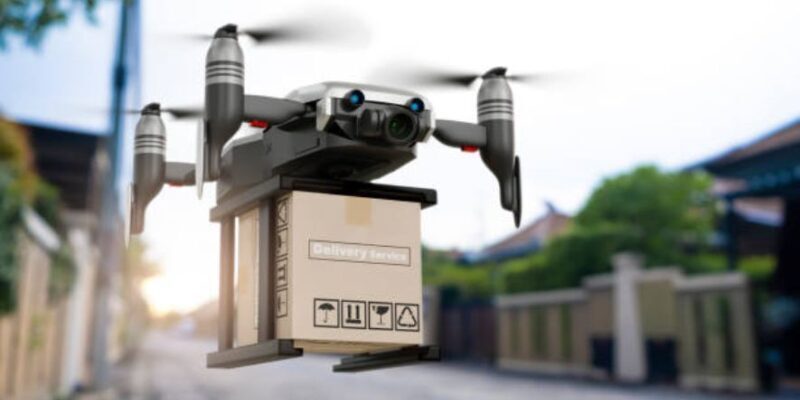The Future of Last-Mile Delivery: Trends to Watch in 2023 and Beyond

The last mile is the final leg of the journey for a product, from the fulfillment center to the customer’s door. It is often the most expensive, time-consuming, and critical part of the supply chain. The last mile has become increasingly complex and challenging in recent years as businesses have faced rising customer expectations, increasing competition, and evolving technology.
Trends in Last-Mile Delivery
Many trends are shaping the future of last-mile delivery. Some of the most important trends include:
- The rise of e-commerce: E-commerce sales are increasing, putting a strain on last-mile delivery networks. Businesses are looking for new ways to meet the demand for e-commerce deliveries, such as using drones, autonomous vehicles, and micro-fulfillment centers.
- The increasing importance of sustainability: Customers increasingly demand sustainable last-mile delivery options. Businesses are responding by using more fuel-efficient vehicles, investing in renewable energy, and exploring new delivery methods, such as cargo bikes.
- The growing use of data and analytics: Businesses use data and analytics to improve last-mile delivery efficiency. This includes using data to optimize routes, predict demand, and track deliveries.
- The need for flexibility: Last-mile delivery networks must be flexible enough to adapt to changing customer demands and traffic conditions. Businesses are using various delivery methods, such as same-day delivery, scheduled delivery, and delivery lockers, to meet the needs of different customers.
The Growing Demand for Sustainability
The future of last-mile delivery is uncertain, but businesses must continue to innovate to meet future challenges. Some of the potential technologies that could shape the future of last-mile delivery include:
- Drones: Drones have the potential to revolutionize last-mile delivery by providing a fast, efficient, and environmentally friendly way to deliver small packages.
- Autonomous vehicles: Autonomous vehicles could be used to deliver packages in urban areas, where traffic congestion is a significant problem.
- Micro-fulfillment centers: Micro-fulfillment centers are small warehouses in urban areas that can store and deliver products quickly and efficiently.
The Increased Emissions from Delivery Vehicles
The last mile has a significant impact on retail. Businesses that provide fast, reliable, and convenient last-mile delivery are likelier to win and retain customers. Last-mile delivery is also a substantial cost for retailers, and businesses are looking for ways to reduce these costs.
The last mile is a complex and challenging part of the supply chain, but also necessary. Businesses that can optimize their last-mile delivery operations will be well-positioned for success in the future.
The original article is “Last mile delivery.“